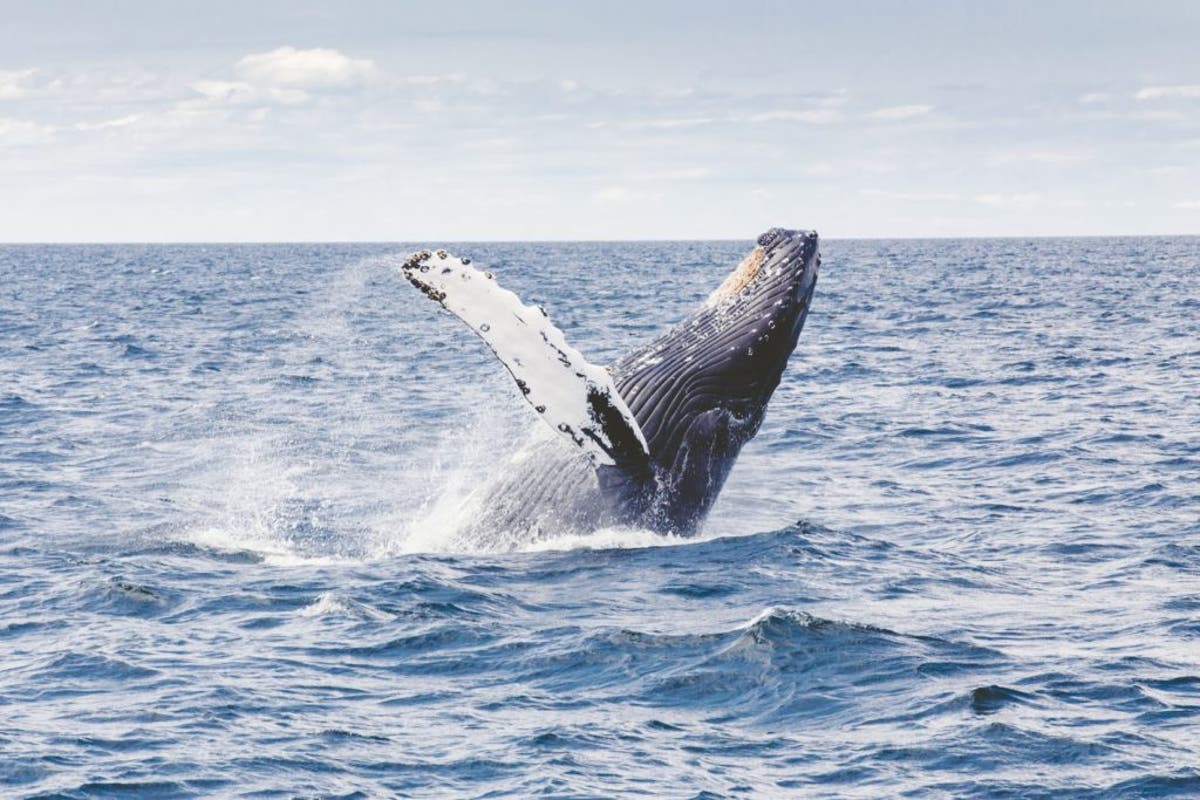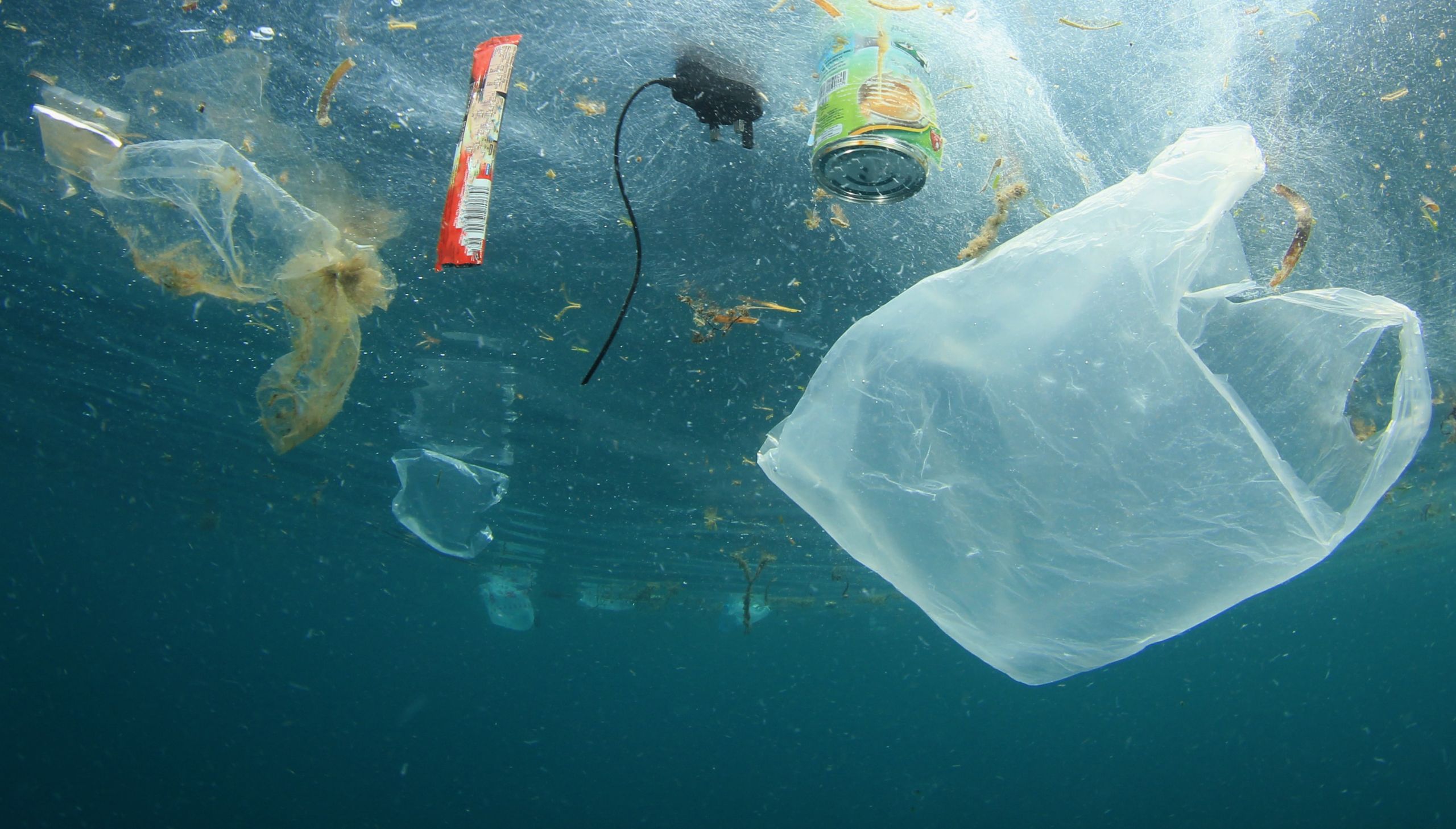During the period of warm climates, Over the past 1.2 million years, marine life was repeatedly extinguished in low-oxygen ‘dead zones’ in the North Pacific Ocean. Few marine organisms can survive the toxic low-oxygen conditions of dead zones. Sources of nutrients in coastal waters include; lawn fertilizers, agricultural manure, sewage output, and stormwater. Dead zones are the most severe result of eutrophication. Though nutrient run-off is the primary factor affecting the size of a dead zone, other factors like wind direction and strongly influence how much oxygen reaches the bottom layers of the water column. The largest dead zone worldwide is the Baltic Sea. Overfishing of Baltic cod has greatly intensified the problem. Cod eat sprats, a small, herring-like species that eat microscopic marine creatures called zooplankton that in turn eat the algae. So, fewer cod and an explosion of zooplankton-eating sprats mean more algae and less oxygen - a vicious cycle develops (Westman, 2010). This is really what happens when the dead zones form and that'll disturb the environmental balance too.



